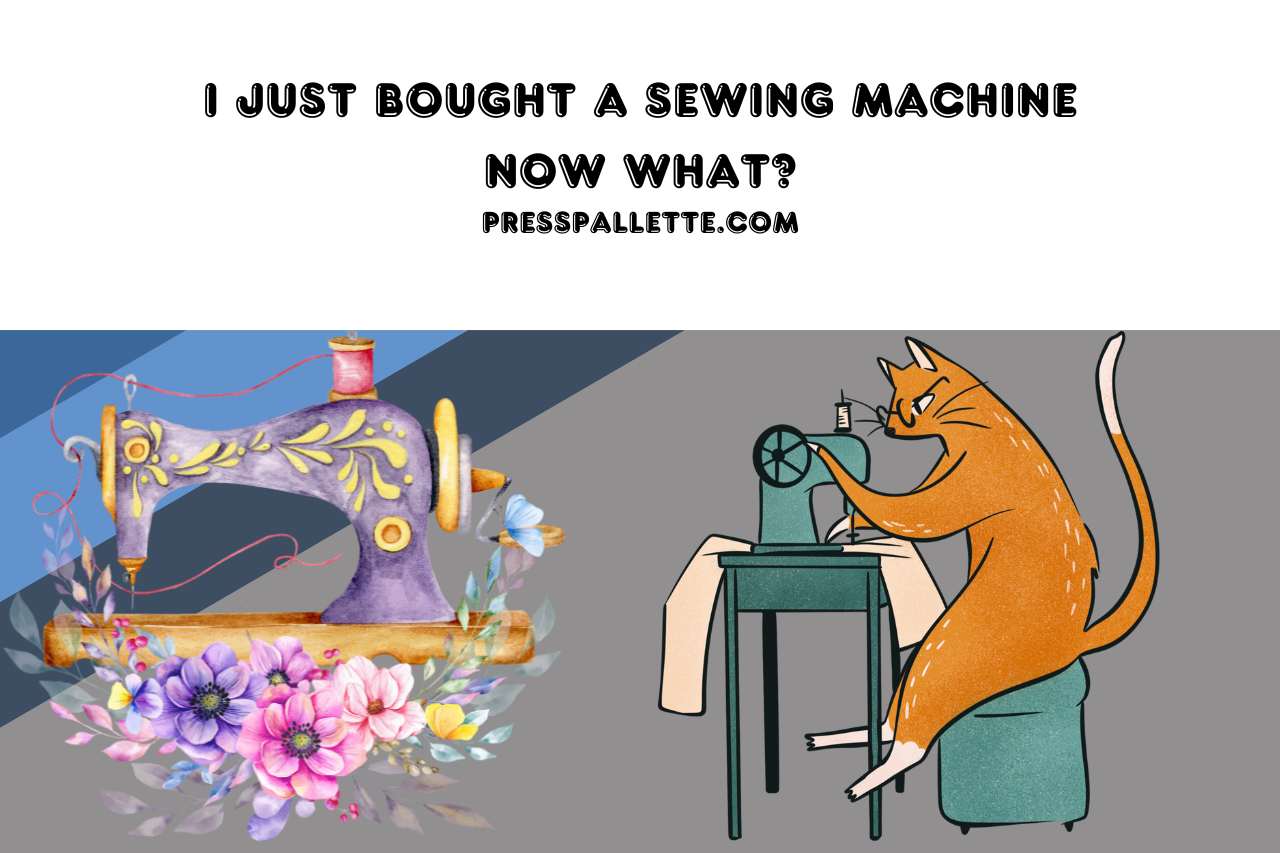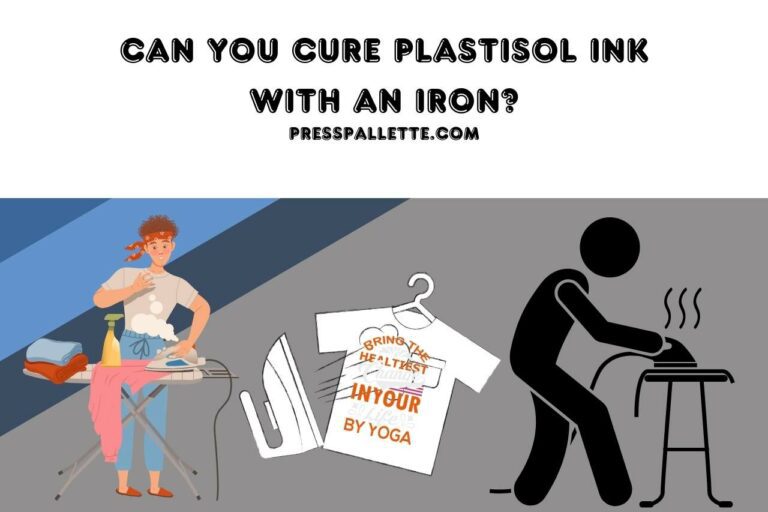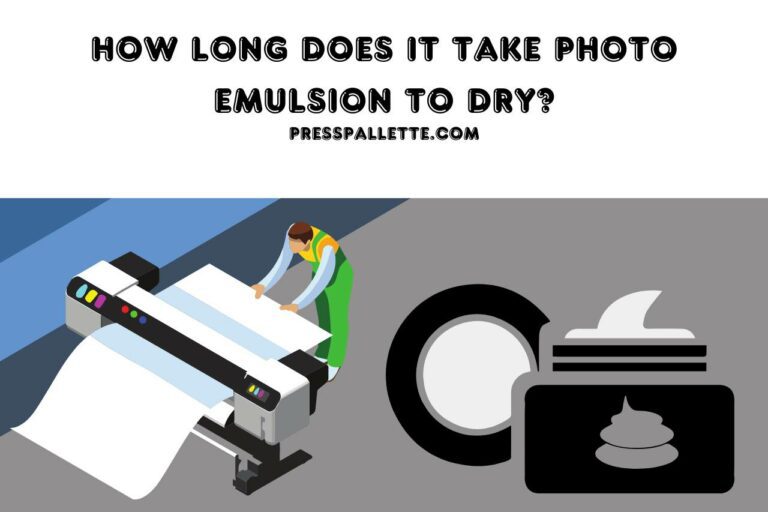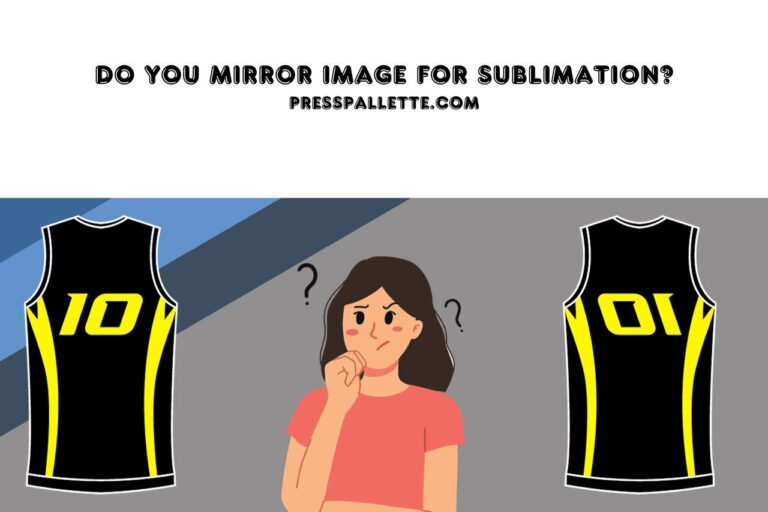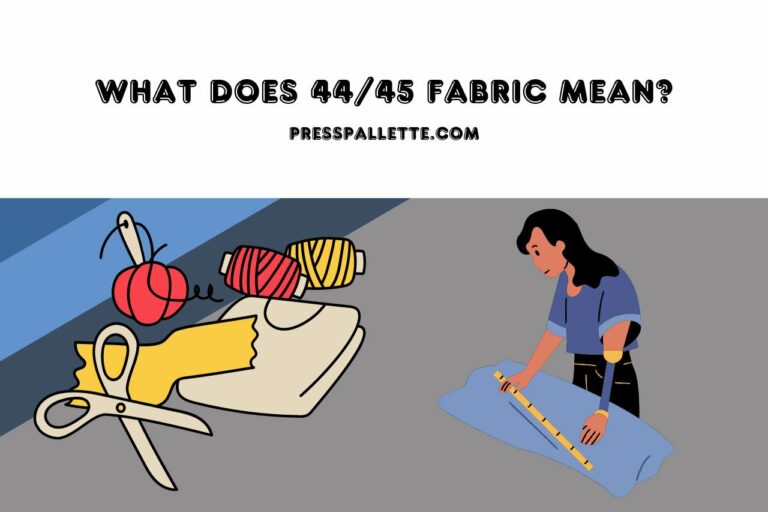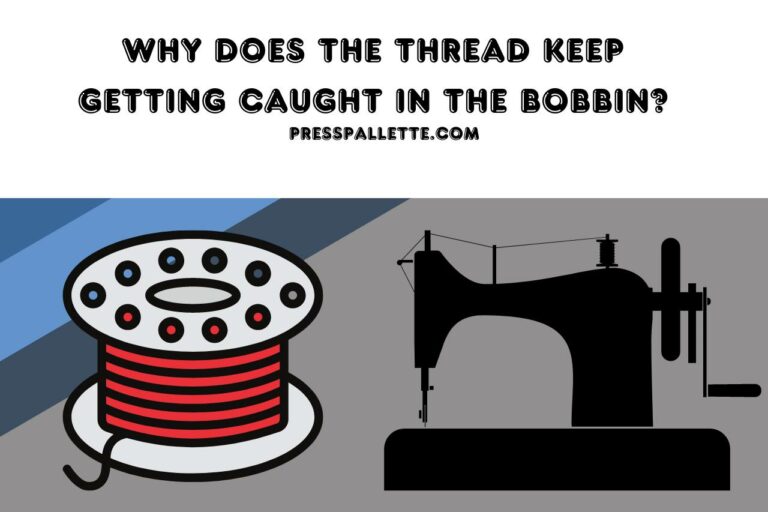I Just Bought a Sewing Machine Now What? Your Essential Checklist!
When learning to sew, it’s wonderful to receive a machine for sewing, whether it was handed down or purchased. However, the rather dreadful moment regarding what to do next follows. I just bought a sewing machine now what?
Finding out what each component of the machine performs and why might be a little perplexing because there are so many distinct pieces. Here is a brief overview of a sewing machine’s components and what a novice sewer using an unfamiliar machine needs to understand in order to get started stitching.
I Just Bought a Sewing Machine Now What?
Before Beginning your Sewing Experience, Read the Proprietor’s Manual
You can only get all of your information from this one place. Because each gadget is unique, it’s important to read and comprehend the handbook before setting up and employing the device. No worries if you misplaced your handbook; practically all of the machine’s manuals are available for download on the Internet.
Various-sized Needles, as Well as Thread, are Needed for Every Sewing Task
Remember that there are several varieties of cloth. Therefore, you are unable to take your machine right out of its packaging and start sewing anything that you happen to have on hand, whether it be jeans, satin, spandex, or hosiery material. Be sure to always select the proper Needle to match the fabric/thread mix as well as the proper thread throughout your sewing job.
Attend a New Proprietor’s Course
Among the benefits of buying a machine through a dealer is the fact that, usually, complimentary new owner lessons are included.
Since every store is unique, make sure to inquire before making a purchase about whether they’re offering complimentary new owner lessons for EVERY equipment they sell.
Additionally, you can return and retake the course as many as necessary until you’re completely confident. Among the finest things you are able to do to advance your sewing abilities is to enroll in a class.
Become Familiar with Sewing Machine Maintenance
To avoid rust, keep it in a dry, ambient temperature environment beneath a dust cover. Avoid skimping on threads as well as needles since doing so might result in more expensive repairs down the road.
Constantly utilize high-quality threads to prevent the tension disks from being damaged and to lessen inner lint buildup.
Make it a practice to use a soft brush to scrub the bobbin’s box inside. To avoid accidents, only clean the feed dogs and spindle region of all lint after disconnecting the sewing equipment’s power supply.
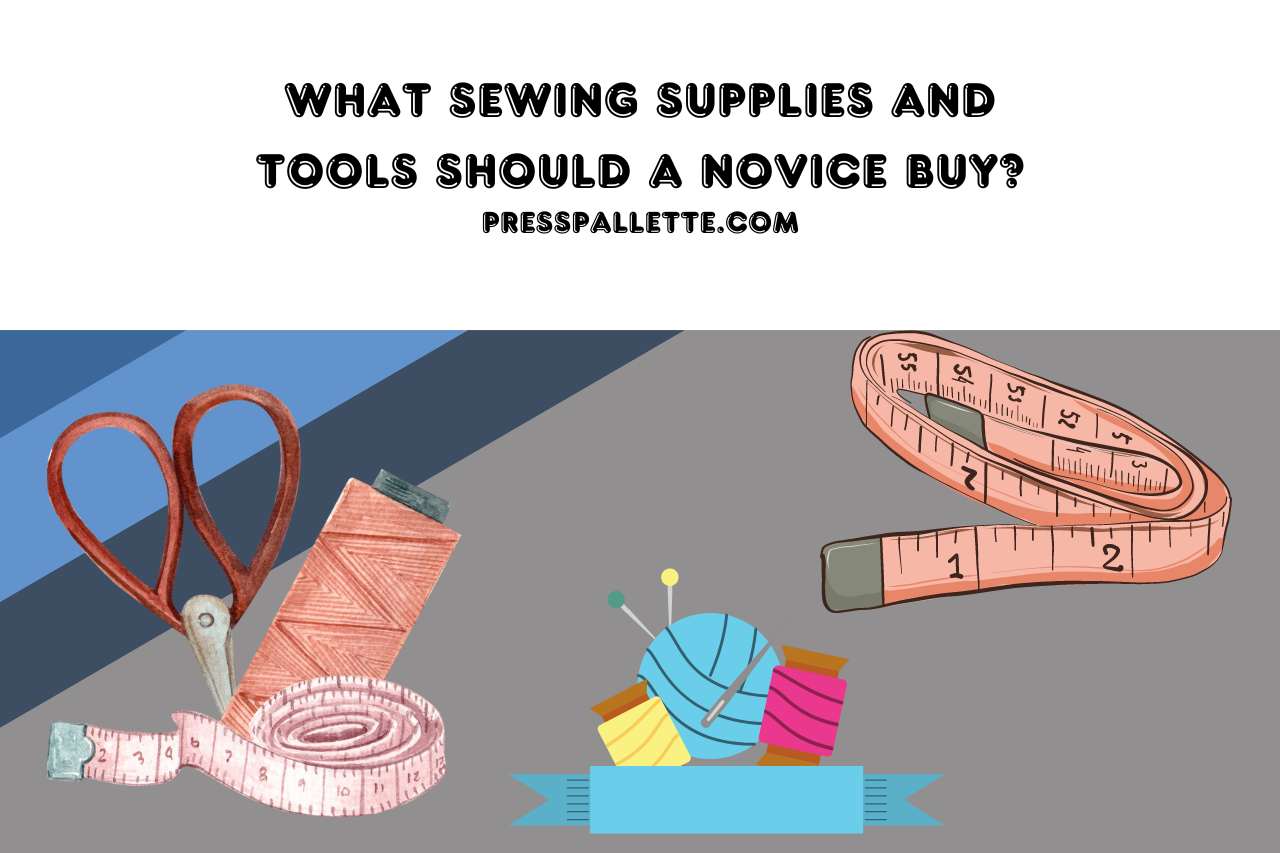
What Sewing Supplies and Tools Should a Novice Buy?
A Great Pair of Scissors
A good pair of scissors is necessary, much like a sewing machine.
A Surface for Cutting
Whenever the room is the only available space, you must cut the fabric. The fact that you utilized a cutting board to avoid scissors and needles from damaging your walls.
Hand Sewing the Tacks
When you want to use machines, you will still require the hand knitting hooks.
Blades for an Additional Machine for Sewing
When you first start out, you might make blunders that break needles. Therefore, you shouldn’t become upset if you run out of your machine’s threads at a crucial time, like two in the early afternoon, when you just have a few or three packs on hand.
Fabric
It should go without mentioning that before you start sewing, you must acquire material.
Write on Cloth with Crayons or Markers
Once the fabric has been sliced, it has to have any spots, slot machines, or pleats that extend from the pattern imprinted onto it.
Measurement Tape
Buy at least one for your sewing materials. If you’re starting to make the sewing machinery, it’s a good idea to get a couple of strands of thread.
A Magnetic Pin-holding Plate
Acquire several pins—many more than you intend to use because you’ll utilize them. If you use more pins to match the edges as well as slots, the connection will be stronger or more aesthetically pleasing.
Seam Cutter
In the event that you choose to learn what it takes to sew, the seam cutter is going to be your best friend.
Bought Bobbins
Do yourself a tremendous favor and get an entire set or two of the extra bobbins from the knitting machine.
Use an Ironing Board to Iron
Even if you rarely iron other tasks at home, you will need a press and an ironing board when you want to knit.
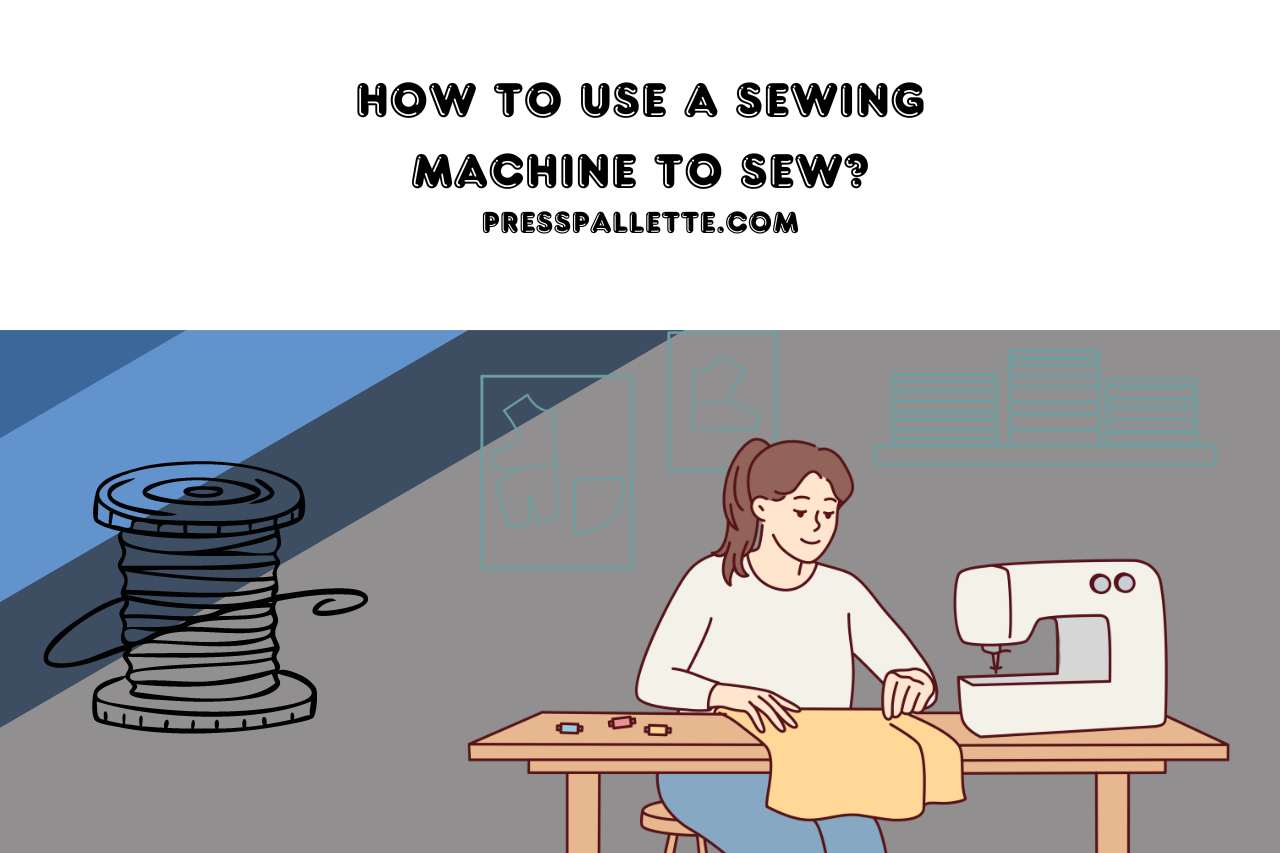
How to Use a Sewing Machine to Sew?
Definitions of Fabrics and a Solid Fabric Option
Learning how to control the cloth as it passes beneath the Needle was the most crucial skill for machine sewing. Here, the choice of clothes is important.
A Medium-weight, Non-stretch Cloth Made of Fibers that are Natural is a Good Place to Start
You should pick a material with tiny stripes that are approximately half to a centimeter apart. Instead of from selvage across selvage, the stripes ought to extend the length of the cloth. Have no less than 18 inches (half a yard) with it.
Straight Stitch Practice – Sewing Instruction
By first stitching in a sine wave, you may begin to understand how to handle the cloth.
Pick your chosen material, and trim an 18″ long strip that is 8″ broad. Create an incision at the fold and then fold it in half.
Thread the Device
- Employ a needle designed for mid-weight, woven cloth for this initial piece of stitching.
- The average stitch length is best; it’s often 2 1/2 or 3.
- Set your sewing machine to the initial stitch on your list of items, which is most often a Straight Stitch.
- Start by raising the Presser Foot while keeping the Needle within the most elevated position.
- Six inches should be drawn backward from the feeding dog using your top as well as bottom threads.
- The Top, as well as Bobbin Threads, may get “sucked” through the sewing machine on the initial few stitching, so be careful to grasp onto them before you start your first thread.
- Put the fabric below the Needle, ensuring that it is positioned such that the Needle enters the cloth at a stripe close to the seam.
The Presser Foot should be Lowered
Whenever you’re just starting off, it’s a good idea to hand-guide the initial stitch through the fabric’s layering. Use the Hand Lever to descend the Needle through the layers of your cloth in order to accomplish this.
Most of the time, you’re able to eyeball the placement of the needles after you are more comfortable with the machine.
Put some pressure on the cloth to help it go beneath the presser foot and along the stripe. Start stitching by lightly depressing the foot pedal.
Whenever the Needle is at its highest position, pause it and raise the pressure foot. Cut the threads and carefully remove the cloth.
Verify Your Work
You’ve now completed your first zipper! Let’s examine and resolve it.
Speed
When sewing a seam, you should keep your pace steady. Even stitching will result from a consistent pace. You only require to be on one pace, so do not fret if you start out slowly.
Stopping and starting is acceptable; just maintain one pace. You may eventually increase your continuous speed till you are pedaling all the way to the finish line.
Embroidery Length
Verify that your finger is only directing the cloth beneath the pressure leg and that you permit the dog that receives feed to handle the heavy lifting.
Directly on the Stripe
Was it possible for you to stitch directly down the stripe, or is the seam a bit wonky? It will only take some practice. Practice until your fingertips can nimbly direct the cloth in a straight line.
Watch this one,
Video Credits – coolirpa
You May Also Like

